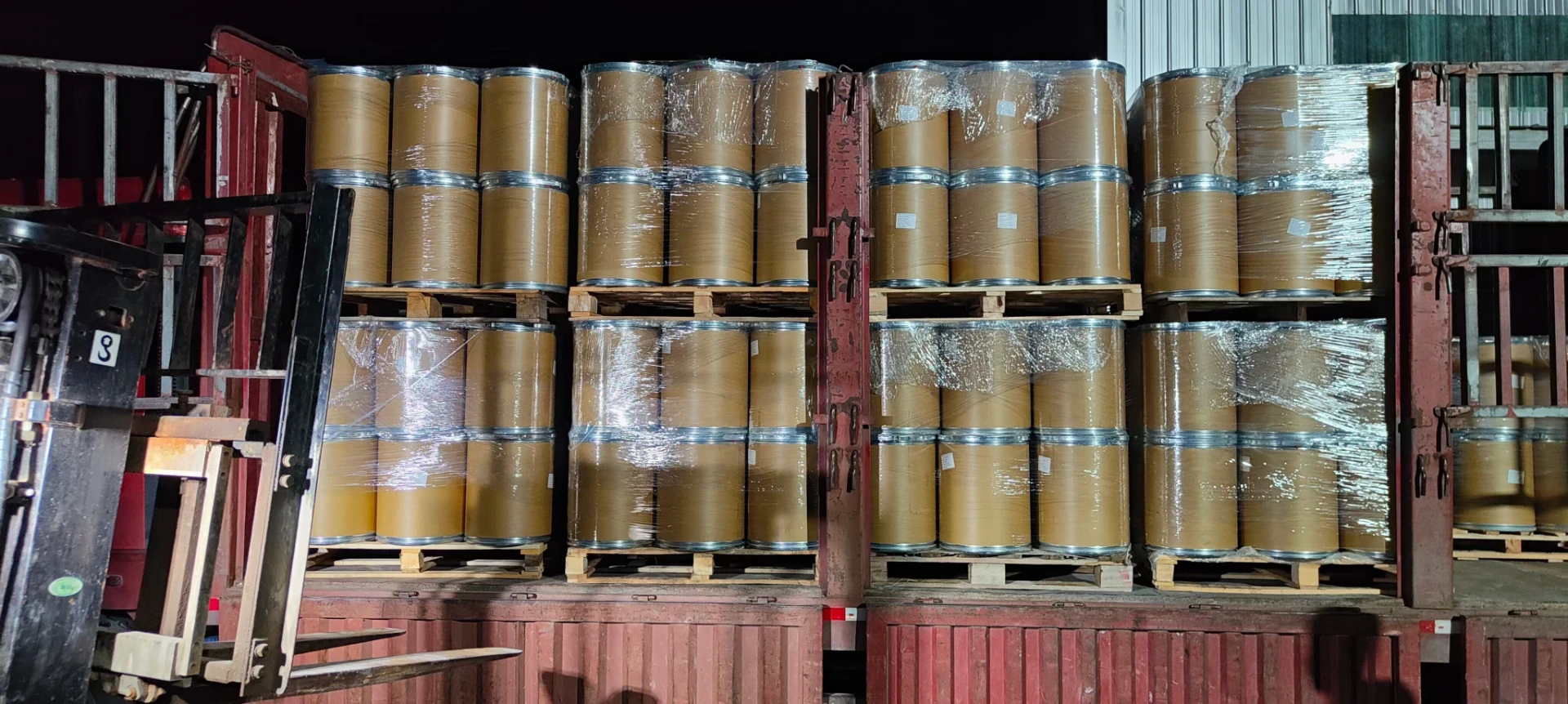Global Production of Active Pharmaceutical Ingredients by Country
Active Pharmaceutical Ingredients (APIs) are essential components of pharmaceutical products that provide the intended therapeutic effects. As the pharmaceutical industry continues to evolve, the production of APIs is becoming increasingly distributed across the globe. Different countries have emerged as leaders in API production due to a variety of factors including manufacturing capabilities, regulatory environments, and investment in research and development. This article explores the production of APIs by key countries and highlights the trends and challenges within the industry.
The Leading Producers
1. China China has solidified its position as the world's largest producer of APIs. The country hosts a vast network of manufacturing facilities that benefit from low labor costs and established supply chains. China’s investment in chemical engineering technology has bolstered its capabilities in producing a wide range of APIs, particularly for generic drugs. However, concerns regarding regulatory compliance and environmental standards have led to increased scrutiny from international markets. To maintain global market access, Chinese manufacturers are now focusing on improving production processes and ensuring compliance with Good Manufacturing Practices (GMP).
2. India Following closely behind China, India is a significant player in the global API market. The country is known for its robust generic pharmaceutical industry, with many Indian companies being major suppliers of APIs to pharmaceutical firms worldwide. India's strengths lie in its highly skilled workforce, competitive pricing, and the ability to rapidly scale production to meet demand. However, challenges such as regulatory hurdles and dependence on raw material imports can pose risks to its dominance in the API sector.
3. United States The United States remains a critical hub for API production, particularly for high-value specialty APIs and biologics. The U.S. boasts advanced research and development capabilities, a strong regulatory framework, and a focus on innovation. Leading pharmaceutical companies are investing heavily in biotechnology, leading to the development of new therapeutic agents. However, manufacturing costs are relatively high, which can make U.S.-produced APIs less competitive in the global market, especially for generic drugs.
active pharmaceutical ingredient production by country

4. European Union Within the European Union (EU), several countries stand out as important API producers, including Germany, Italy, and Spain. The EU has stringent regulatory practices that ensure high-quality standards for API production. European manufacturers often focus on niche markets, producing complex APIs that require advanced technology and expertise. The EU’s emphasis on sustainability and environmental considerations is also shaping the production landscape, prompting companies to explore greener manufacturing processes.
Emerging Markets
Countries such as Brazil, South Korea, and Indonesia are emerging as notable players in the API production landscape. These nations are increasing their manufacturing capabilities and investing in technology to compete in the global marketplace. For instance, South Korea is rapidly advancing in biopharmaceutical production, aligning with global trends towards biologics and biosimilars. Similarly, Brazil’s growing pharmaceutical market has drawn attention to its potential in API production, fostering partnerships and investments from larger multinational firms.
Challenges and Future Prospects
The API industry faces several challenges, including fluctuating raw material costs, regulatory compliance complexities, and the need for continuous investment in technology and innovation. Moreover, the COVID-19 pandemic highlighted vulnerabilities in global supply chains, prompting countries to reconsider their reliance on external sources for critical APIs. As a result, there is a growing trend towards localizing API production and enhancing domestic capabilities.
In conclusion, the production of active pharmaceutical ingredients is a dynamic and multifaceted sector shaped by global competition and local regulatory landscapes. Countries like China and India are key players, while the U.S. and EU maintain significant roles in specialized and high-quality APIs. As the demand for pharmaceuticals continues to rise, the landscape of API production will likely keep evolving, offering new opportunities and challenges for manufacturers around the world. The emphasis on innovation, compliance, and sustainability will be crucial for countries striving to enhance their positions in this vital industry.

